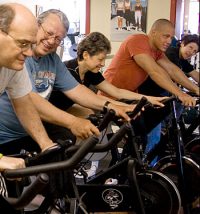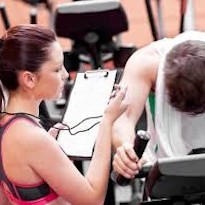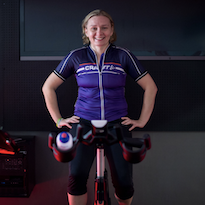Ask the Expert: How Much Coaching in Class is Too Much?
Aisha asked me, how much cueing is too much? No one likes an instructor who talks non-stop, but we’ve also been in classes where not enough good cueing is given and the class seems to be at a loss on what to do or how hard to go. Here are 9 things to consider when doing a self-analysis on whether you are talking too much (or enough) in your classes.Read more…










